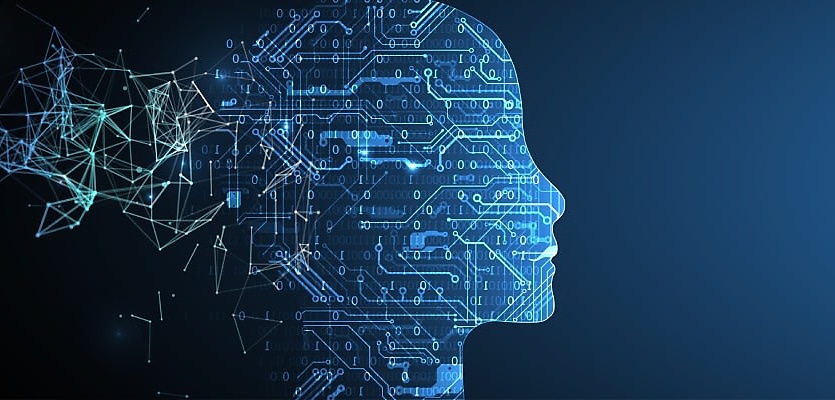It is the latest cyber trend, a revolutionary technology that could potentially revolutionise and redefine the future, but can it make a difference in real estate?
Initially released last November, ChatGPT is a sophisticated natural language generation that Sarah Bell of RiTA posited “may be the catalyst for artificial intelligence to move from the domain of innovators into the broader market.”
Within a week, it surpassed one million users and recently received investment from the technology giant, Microsoft. Ms Bell believes the innovative technology solution will have a role to play as we transition to a “workforce consisting of a blend of human and digital effort.”
“People and systems working together is the essence of an integrated future that we must prepare for,” she added.
While it may seem like a daunting prospect for technology to become a principal player in the workforce’s future, Ms Bell revealed that not all is doom and gloom. Artificial intelligence (AI), such as ChatGPT, has the potential to release humans from nitty-gritty tasks.
Ms Bell explained that there are four approaches to AI adoption:
- The avoidance approach
- The abdication approach
- The in-series approach
- The congruent approach
Under the avoidance approach, working life remains as it is. “The human actor does the complete job from start to finish and rejects the artificial intelligence,” Ms Bell said.
She related this method back to hand weavers, who resisted the adoption of textile machines for efficient manufacturing and eventually wound up economically crushed by their ignorance.
She asks, “Do I believe that there is a place for low-tech, high-touch, and human-forward real estate organisations that are boutique and personalised? Yes. Will you capture the mass market and/or be able to scale that service? No.”
The final three approaches involve some degree of AI adoption and integration. From the extremes of the abdication approach, which involves human actors deploying artificial actors to complete the entire job from start to finish.
While this may release individuals from “stupid job[s]”, it is entirely dependent on the success of the AI’s output. Ms Bell stated, “If the abdication is not successful, the human who delegated it is in what Elish calls ‘the moral crumple zone’.”
“That is, the human actor becomes responsible for the outcomes and actions of the artificial actor, whether they have control or understanding of it, or not. If ChatGPT writes something that is inaccurate, untrue, or even defamatory, and you take on the role of author, you become answerable.”
With both extreme approaches presenting several potential problems, the in-series approach offers a balanced alternative that sees humans and AI “take turns to do different things in the workflow from start to finish.”
“The job to be done is atomised into different parts. The human actor does all of one part and then the artificial actor does all the next part and so on,” she said.
“While the in-series approach recognises that human and artificial actors are good at different things, by putting the human and artificial actor in series, the issue is that you have the best but also the worst aspects of the first two approaches.”
Though this approach still poses risks. She explained, “What may be lost with this approach is the general picture of the job to be done. Some jobs are more than the sum of atomised tasks; cohesion and consistency can be impacted by a fragmented approach.”
Under the congruent approach, both humans and AI “work together to do the job from start to finish.” It is like the automated flight systems on aeroplanes, which perform 98 per cent of a commercial flight; however, that isn’t in the absence of a pilot.
“The safest way to fly is when the computer and the pilot do the job together in concurrence. Human actors aren’t perfect, and while artificial actors can learn and improve their accuracy, they also have errors,” she said.
With the technological revolution well and truly underway, Ms Bell concluded the winners of this new phase of life will be “the people and organisations who are able to temper their people and systems like this — who find concurrence between artificial and human actors.”









You are not authorised to post comments.
Comments will undergo moderation before they get published.